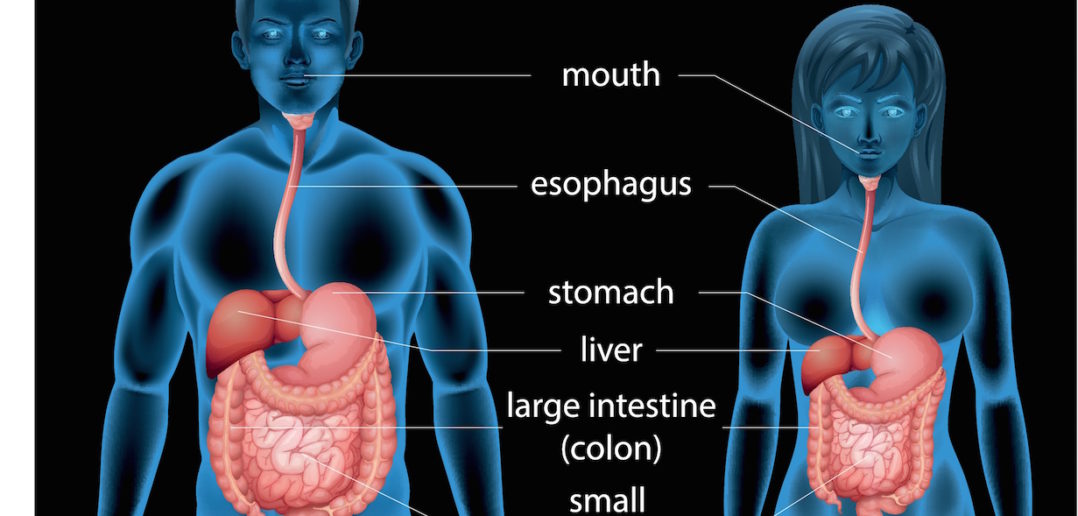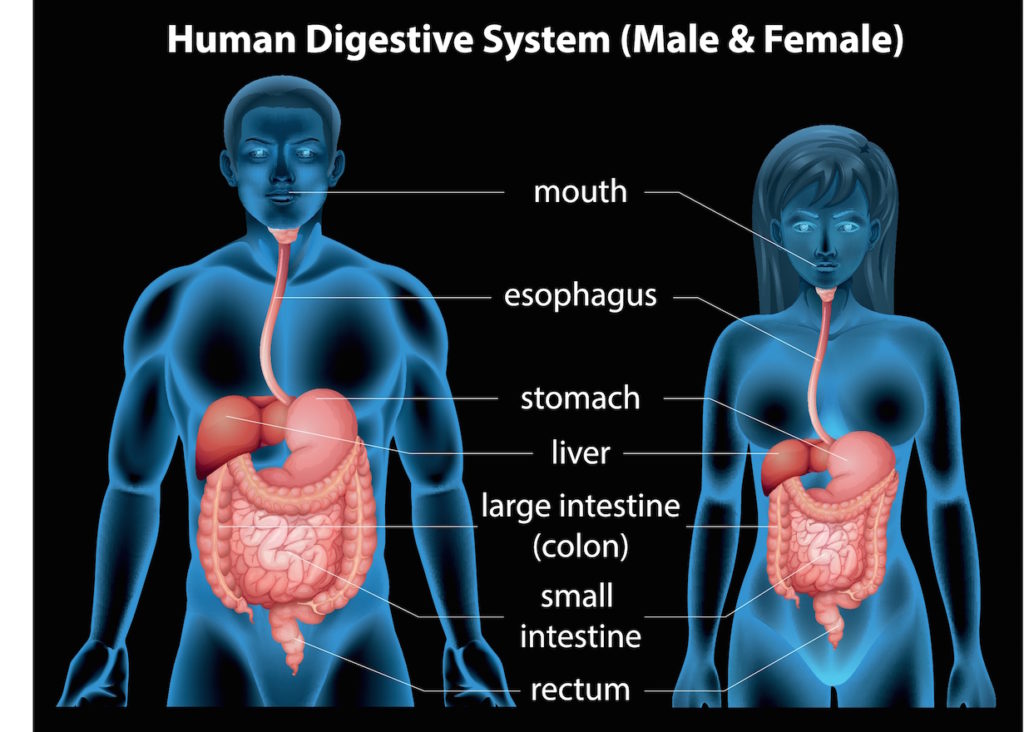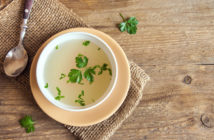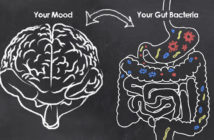Here is a quick run-through of the human digestive system, with information that explains the basic digestive process; not every organ is covered here. Yes, we all learned of this in biology! But it helps to remember where your organs are located, and what order things happen in, especially if you’re trying to troubleshoot issues when you’re not feeling so well.
The Digestive Process Starts in Your Mouth
Our body has to break foods down into smaller molecules and eventually get rid of the leftover waste. When we consume food, we break it down by chewing and with the chemical action of our saliva, produced by our salivary glands. Remember to do your body a favor and chew your food well, so your body can use less energy to digest your meals, and more energy on healing at a cellular level, so you look and feel good.
Esophagus
Our food next travels through the esophagus, a long tube that runs from the mouth to the stomach. Peristalsis (wave-like movements produced by muscles) move the food through the esophagus to the stomach.
Stomach
The stomach churns the food with gastric acid, breaking it down further; this partially digested food is called chyme.
Small Intestine
Food then enters, in this order, the duodenum, then the jejunum, and then the ileum in the small intestine. Bile created from the liver, as well as pancreatic and other digestive enzymes produced by the inner wall of the intestine, helps break the food down further.
Large Intestine
Food then enters the large intestine where water and electrolytes are removed from the food. Microbes, or healthy bacteria like Lactobacillus acidophilus, aid in the digestion process. Food travels in the large intestine from the cecum, then up into the ascending colon, and then over and back down into the descending colon. It then passes through the sigmoid colon.
Rectum & Anus
At this stage, solid waste is stored in the rectum, and then it is released by the anus.
As you can see there are important stages in digestion that can affect your health. Even something as simple as really chewing your food well, can ease things up for your body further down the line. Taking digestive enzymes like papaya can help save your body energy as well. And taking a probiotic supplement or eating yogurt or fermented foods can really help balance the bacteria in your gut, and keep things moving along much more smoothly.
Just a little work on your part can help you lighten the load on all of your organs, and allow your body to focus more of its energy on restoring and strengthening your cells. By keeping your organs in healthier condition, you’ll feel more relaxed and energized, instead of sluggish and taxed.





